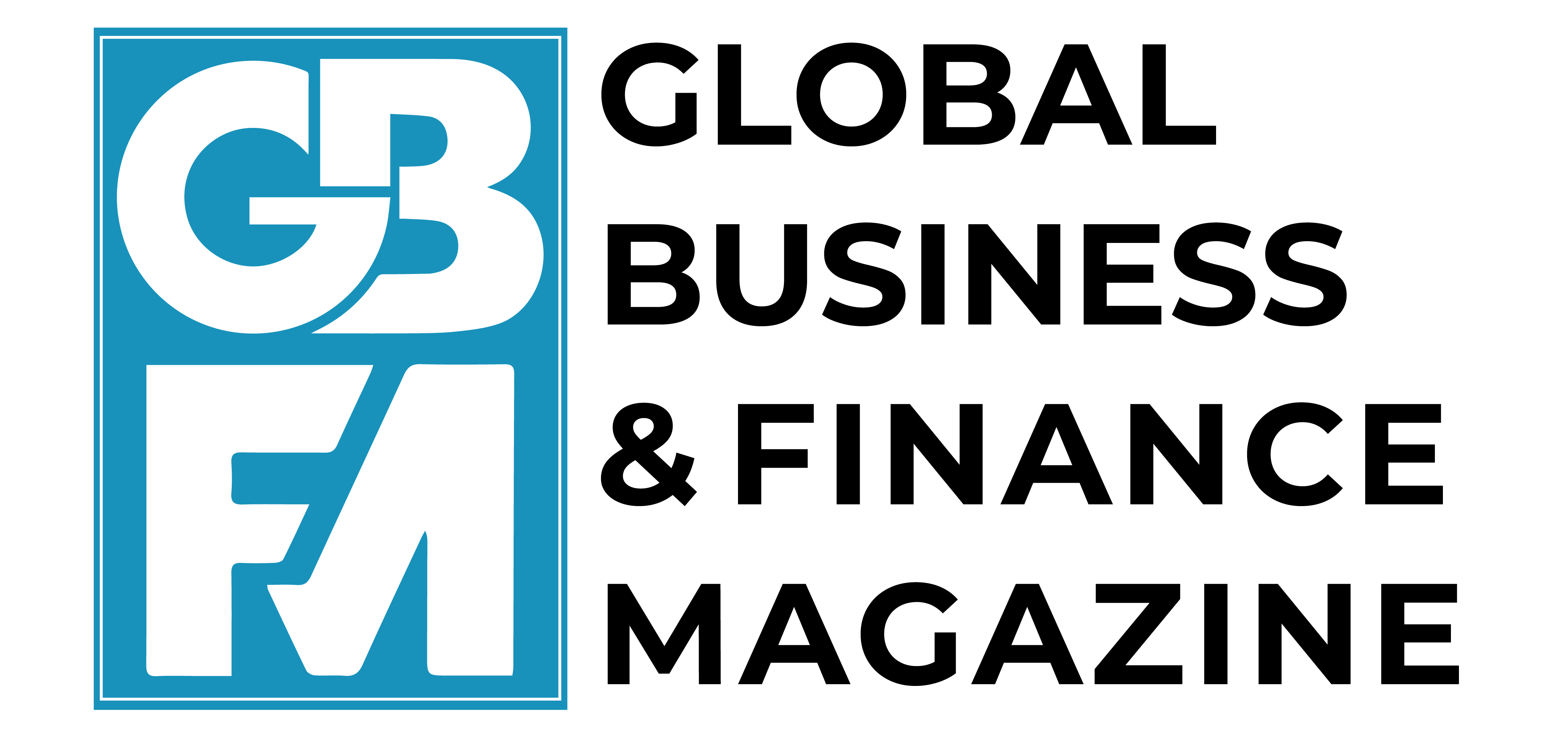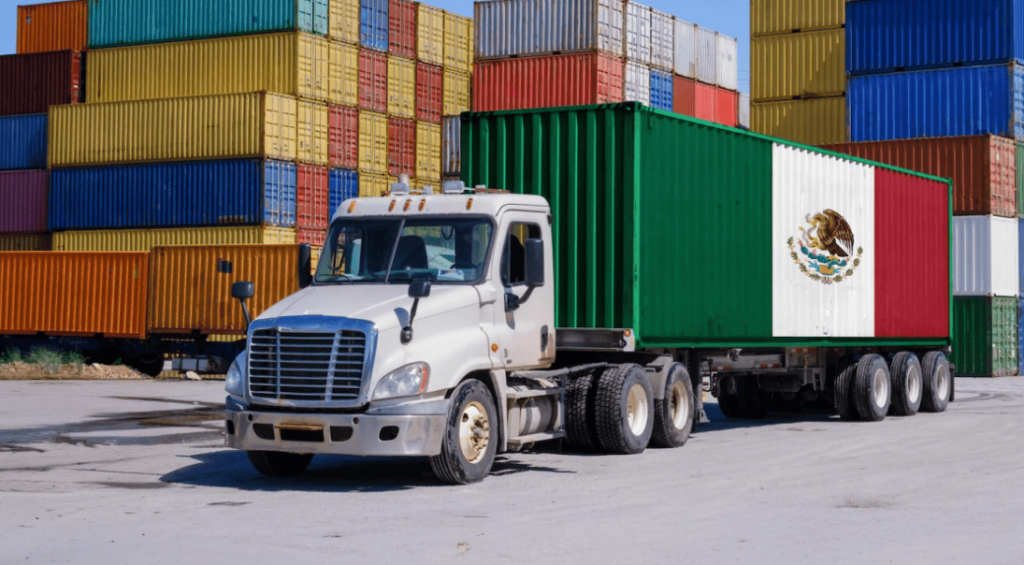In 2018 and 2019, the US administration hiked tariffs on imports from China. This column shows that imports from Mexico partly filled the gap, leading to an export and employment surge in Mexico. Using highly disaggregated firm-level data on Mexican exports, combined with detailed employer-employee data, the authors find that US tariffs against China resulted in more employment and higher wages in the Mexican export sector, especially for lower-wage workers such as female, unskilled, and younger employees. The effects were concentrated in technology and skill-intensive manufacturing industries such as chemicals and automotives.
The global trade landscape is being reshaped. The most prominent fracture has been the US-China trade conflict. Prior to the latest round of tariffs imposed in 2025, the US had already imposed sweeping tariffs on imports from China in 2018 and 2019. As in 2025, China retaliated. Policymakers and firms were left assessing the impact of these policies that had not been witnessed in decades.
Recent research has begun to evaluate the global effects of the 2018/19 US-China tariffs. Fajgelbaum and Khandelwal (2022) review the economic costs to both the US and China. Utar et al. (2023) find that higher US tariffs against China had a positive effect on Mexican exporters involved in global value chains. Alfaro and Chor (2023) highlight the ‘Great Reallocation’ of global supply chains, including towards countries such as Mexico.
In this context, our new research contributes fresh evidence on how Mexico benefited through trade diversion – and what those changes meant for Mexican workers (Chen et al. 2025). We document how Mexico’s exports to the US rose in response to US tariffs against China. Our data allow us to track individual workers over time. We find positive labour market effects for Mexican workers, particularly among groups that are traditionally disadvantaged.
Can protectionism help bystanders?
Protectionist trade policies are usually thought to benefit producers in the protected country at the expense of consumers and global efficiency. However, when a large economy like the US imposes tariffs on a major trade partner, the resulting reallocation of global trade can create opportunities for third-party exporters. This is known as trade diversion.
The theory of trade diversion dates back to Viner (1950), who noted that preferential trade agreements and tariff changes can shift trade. In our context, US tariffs against China made Chinese goods more expensive, creating an incentive for US importers to switch to other suppliers – such as Mexico.
Figure 1 shows a striking pattern based on aggregate data. As the US import share from China declined following the imposition of tariffs in 2018/19, the import share from Mexico rose. This suggests that Mexico was able to fill part of the gap left by reduced Chinese exports to the US.
Figure 1 Shares of US goods imports from China and from Mexico in total US goods imports between 2010 and 2023 (%)


Note: Figure shows US goods imports from Mexico and China as a share of total US imports, 2010–2023.
Source: Direction of Trade Statistics of the International Monetary Fund.
The setting of the Mexican economy is particularly well suited for our purposes as there are strong reasons to believe that Mexican exports to the US increased in response to higher US tariffs against China. First, the costs for the US of diverting imports from China to Mexico are comparatively low due to the competitive labour costs and geographical proximity of Mexico – and therefore low transportation costs and short shipping times. Second, Mexico’s membership of NAFTA (replaced by the USMCA in 2020) makes it easier for the US to import more goods directly from Mexico than from other countries. Third, Mexico and China compete in the US market in similar product categories (Utar and Torres 2013).
Evidence from firm-level trade data
To investigate the trade diversion hypothesis, we use highly disaggregated Mexican firm-level export data at the 8-digit product level. We link these data to changes in US import tariffs on Chinese goods during the trade war period. We then examine how Mexican exports to the US responded.
We estimate that a 25 percentage point increase in US tariffs on Chinese goods raised Mexican exports to the US by 4.2%. This increase occurred through both higher export volumes (intensive margin) and a larger number of products exported (extensive margin).
From trade to workers: Labour market outcomes
Trade diversion also has important implications for workers. To understand the labour market effects, we combine our firm-level export data with detailed Mexican matched employer-employee data. This allows us to track changes in employment and wages at the worker and firm levels over time.
We estimate that a 1% increase in Mexican firm-level exports to the US driven by higher US tariffs against China increased wages by 0.103% on average. Strikingly, these wage gains were not evenly distributed. Wage increases were concentrated among female, unskilled, younger, and non-permanently insured workers who typically receive lower wages than male, skilled, older, and permanently insured workers. For instance, we find that women experienced a wage increase about double the size of the increase for men.
This is a key result. Our findings suggest that trade diversion in this setting had an equalising effect within firms. That is, positive export shocks benefited lower-wage workers more than higher-wage workers, reducing within-firm wage inequality.
Workforce composition effects
We then run regressions at the firm level. We find that trade diversion had a positive effect on employment and a negative effect on mean wages. Specifically, a 1% increase in firm-level US exports driven by higher US tariffs against China increased employment by 0.146% and reduced mean wages by 0.197%. These effects were concentrated in technology and skill-intensive manufacturing industries such as “Chemicals, rubber, and plastics” and “Machinery and automotive.”
We argue that the employment increase is consistent with firms increasing production in order to satisfy the surge in export demand induced by higher US tariffs. The fall in the mean wage resulted from a composition effect. As firms increased employment, they disproportionately hired low-wage workers including female, unskilled, younger, and non-permanently insured workers.
Policy implications
Our results carry important implications. First, third-country spillovers from large-country trade policy changes in 2018/19 were real and quantitatively important. Since the US and China were two major economies engaged in a trade conflict, the effects rippled across the globe – creating both disruption and opportunities.
Second, the labour market benefits in Mexico were skewed toward groups that are traditionally disadvantaged. This points to an impact of trade diversion that reduced inequality within firms.
Finally, for the most recent trade conflict that started in 2025, we should also expect diversion effects for trade and employment in third countries. But this time around, the US administration targeted a larger number of countries and many more industries with more uncertainty regarding the outcome. The eventual impact is likely going to be more complex.
Source : VOXeu



































































